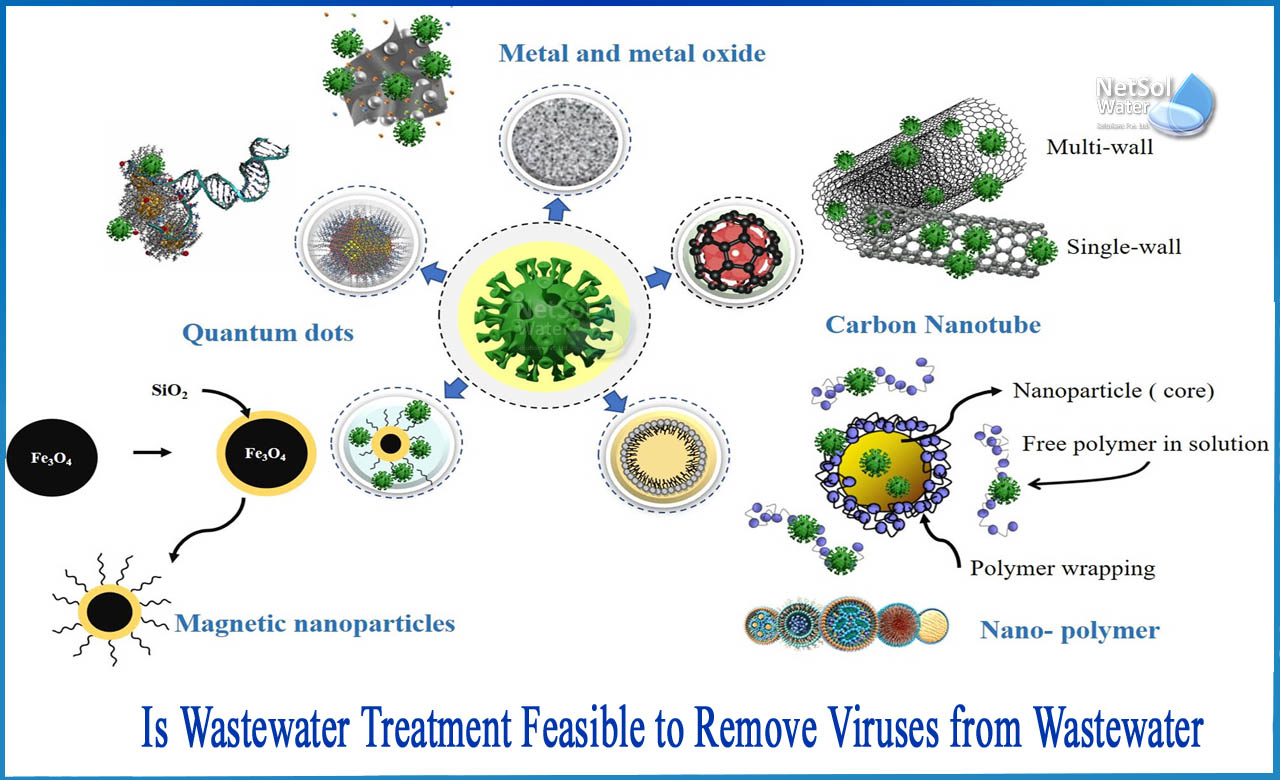Is Wastewater Treatment feasible to remove viruses from wastewater?
Virus removal is an important goal of water treatment. Throughout history, there have been horrifying viral outbreaks spread by water.
One such incident occurred in India in 2016. While the exact source was never determined, it was believed to be water from a hotel's well. More than 220 cases of hepatitis-A were linked to the hotel, and the patients had all consumed ice, water, or foods kept on ice from that location. It raised a concern!
Is it possible to remove viruses from public drinking water using wastewater treatment? Is it possible for water treatments to kill coronaviruses and other dangerous viruses such as hepatitis and norovirus?
You can be rest assured that water treatment regulations take viruses into account!
How WWT plant is supposed to function?
Every step a water or a wastewater treatment plant takes to remove contaminants, other viruses from wastewater protects against less common coronaviruses such as COVID-19, MERS, and SARS.
When you look at the steps that most water treatment plants take, you will notice that there are several stages from the time the wastewater arrives until it is returned to a body of water or a public water supply.
Consider a typical water pitcher system. Water enters a reservoir and slowly trickles through activated charcoal filters, which removesodors, bacteria, and other contaminants. This is analogous to the filtration process used in a water treatment plant.
In a water or wastewater treatment system, the same thing happens!
Wastewater enters the plant, where it is cleaned using screens, clarification, and filtration equipment’s. Other contaminants are removed by filters or filtration materials in one of two ways. One method is to position the activated carbon filters for post-filtration cleaning after the rapid mix, flocculation/sedimentation, and filtration steps, before the water moves on. The other method is to use a filtration tank, in which the charcoal sits at the bottom of the tank and filters out contaminants and odours after rapid mixing and flocculation/sedimentation.
While many water treatment systems use charcoal or activated charcoal to capture bacteria, viruses, chemicals, and parasites, others may use sand, coconut fibers, or other materials. This is the first of two key steps. The second step is to add a chemical disinfectant, such as chlorine, to kill any remaining bacteria, parasites, and viruses. We at Netsol Water Solutions provide Reverse Osmosis systems as a tertiary treatment step.
Conclusion
One problem that water treatment plants have encountered with COVID-19 is an increase in the use of paper supplies other than toilet paper.
Due to a lack of toilet paper, people began to substitute tissues, paper towels, baby wipes, and napkins. Public awareness campaigns are critical in preventing these items from being flushed into septic systems or sewer lines. These items can clog lines and put additional strain on equipment’s.
To ensure that your system is removing viruses and other contaminants, make sure it complies with current regulations. When changes are made, we can assist you in reviewing your current systems to determine if any improvements are required.
If your old system requires a complete overhaul, Netsol Water Solutions has engineers on staff who can design new plants that fit your space and budget.
Netsol Water is Greater Noida-based leading water & wastewater treatment plant manufacturer. We are industry's most demanding company based on client review and work quality. We are known as best commercial RO plant manufacturers, industrial RO plant manufacturer, sewage treatment plant manufacturer, Water Softener Plant Manufacturers and effluent treatment plant manufacturers. Apart from this 24x7 customer support is our USP. Call on +91-9650608473, or write us at enquiry@netsolwater.com for any support, inquiry or product-purchase related query.



